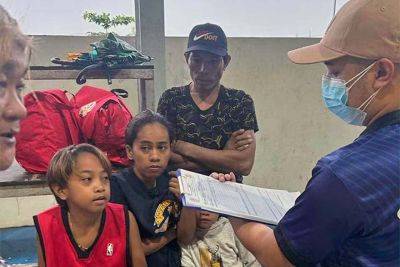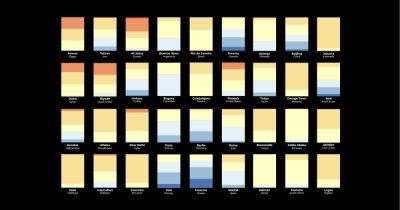Typhoons: The future of history
July 26, 2024
MANILA – All is calm as I write this column; the sunshine breaking through overcast skies. Wind and rain in the wake of Typhoon “Carina,” are but a bad memory recorded in viral clips on Facebook and TikTok. Going through my files, I cannot find the typhoon chronology published in 1935 by Fr. Miguel Selga, SJ director of the Manila Observatory, that spans the years 1348-1934. To list down all known typhoons in the Philippines, Father Selga waded through historical sources beginning with the 14th century travel account of Ibn Battuta to the ones he actually saw and experienced in 1934. I can only marvel at his efforts. By the time World War II broke out, Selga had filled a box with 4,676 note cards containing bibliographic references on typhoons and another box of 1,825 note cards on earthquakes covering the years 1589-1899. Unpublished are thousands of notes on weather in Philippine folklore that he had hoped to study to know how folk observations led to early weather forecasting.
Selga’s catalog differentiates typhoons from storms or depressions. Aside from dates, added information was provided like pressure readings from scientific instruments and narrative description. From the historical sources accessible to Selga, he drew references to four typhoons from the 16th century, 23 from the 17th century, 35 from the 18th century, and 471 from the 19th century. Surely there was far more than this, Selga did not claim his catalog was complete, rather it is limited by what was recorded in historical sources.
Ibn Battuta is not considered a reliable source, after all it is from this travel account that we read about Tawalisi and the legendary Amazon, the multilingual Princess Urduja. There are two detailed 17th







